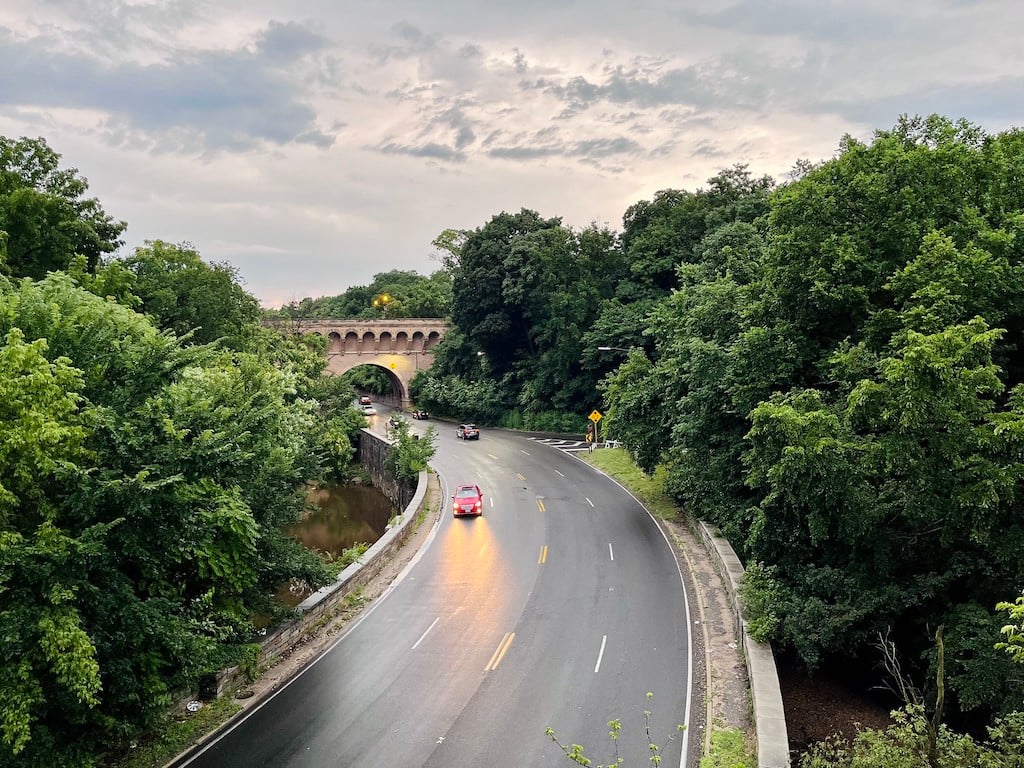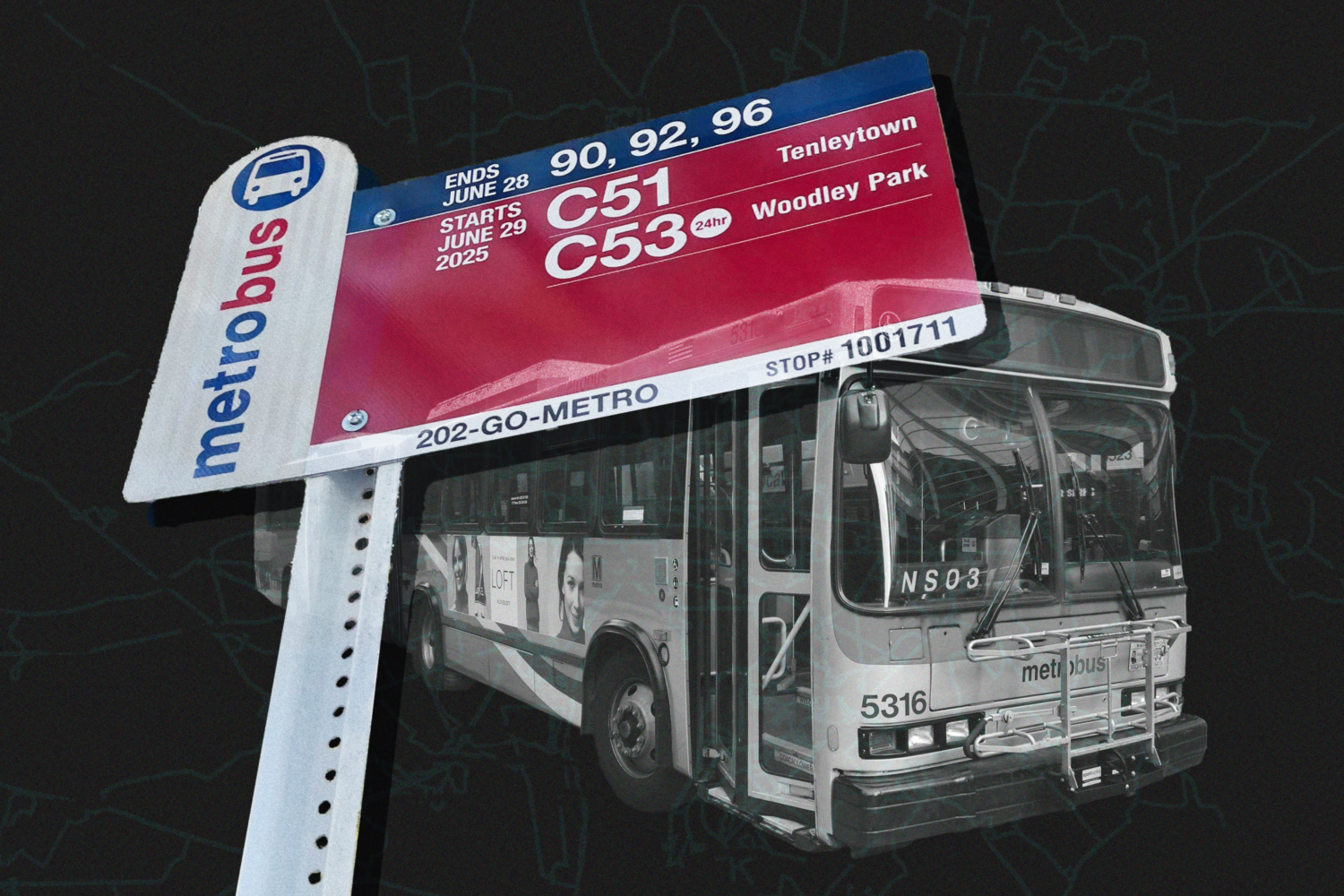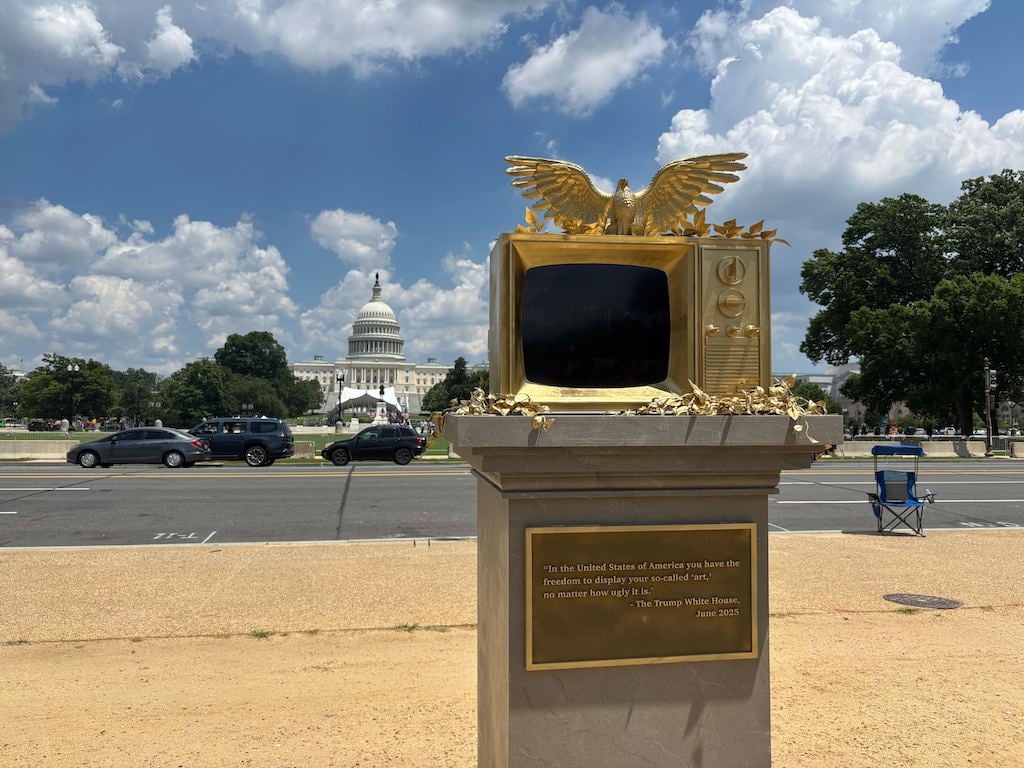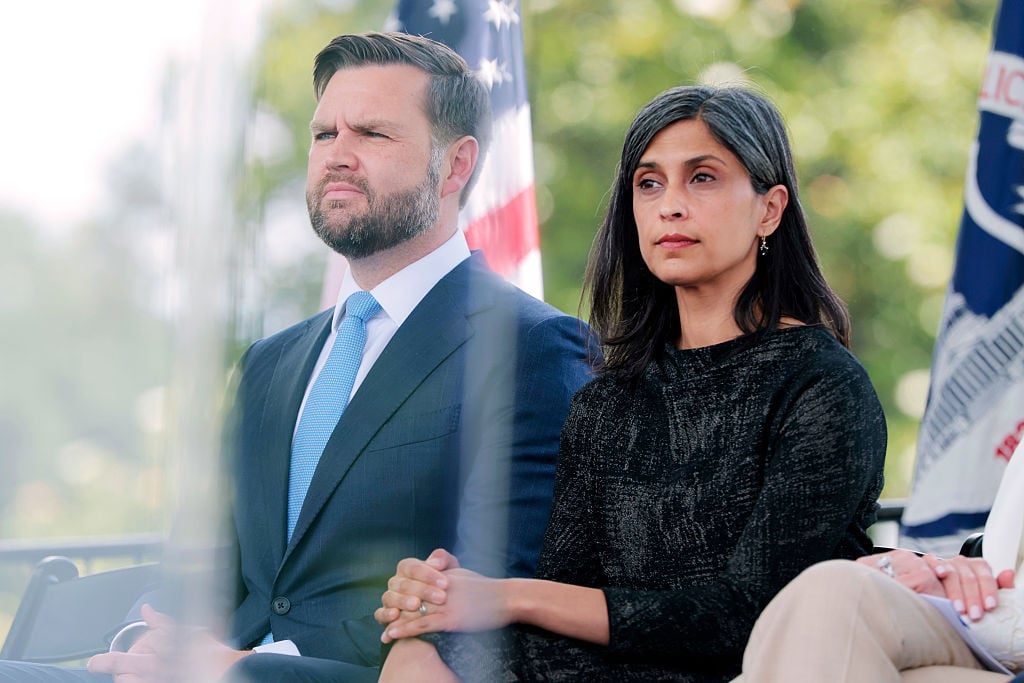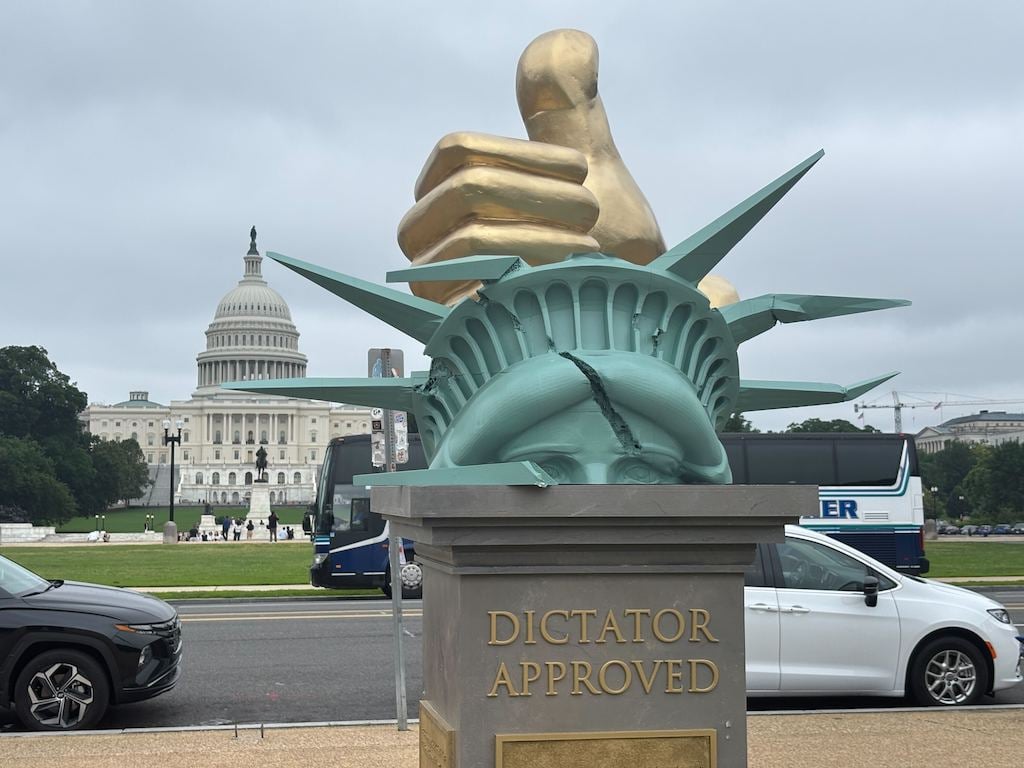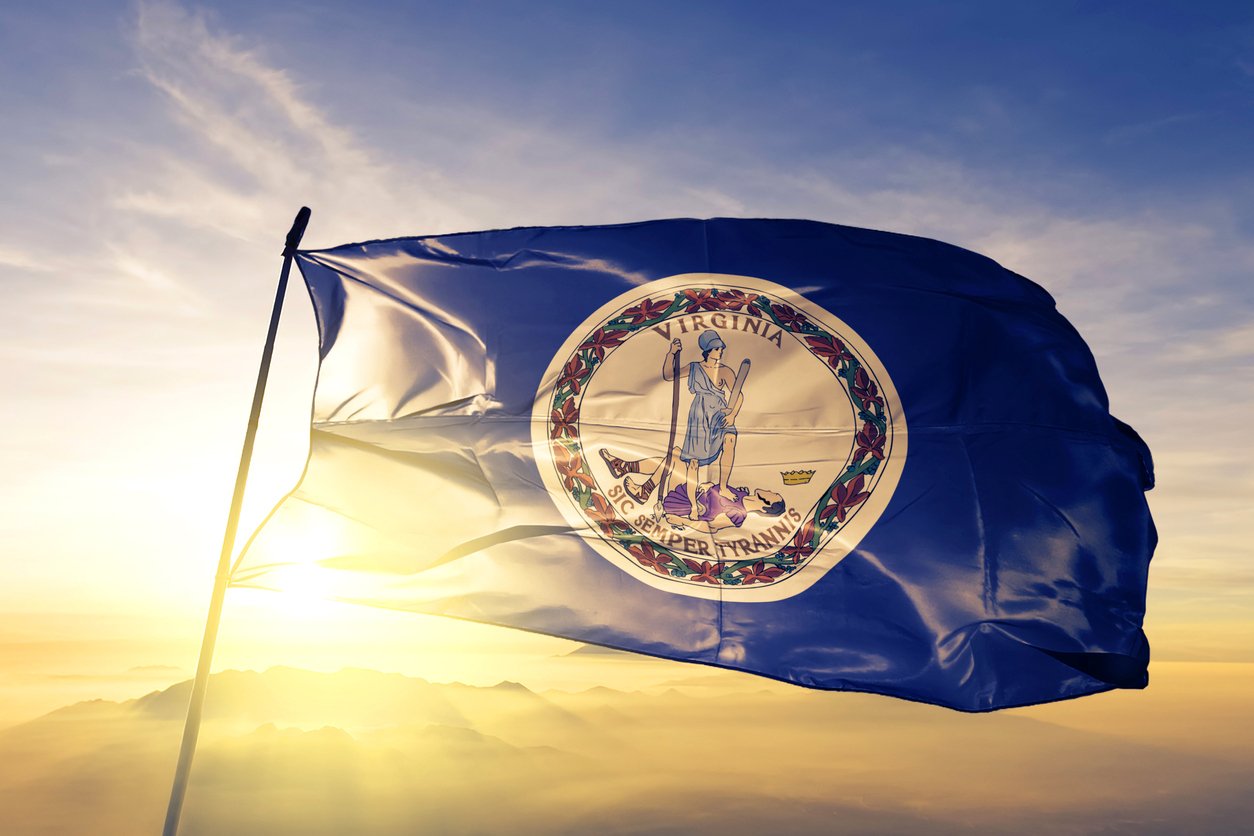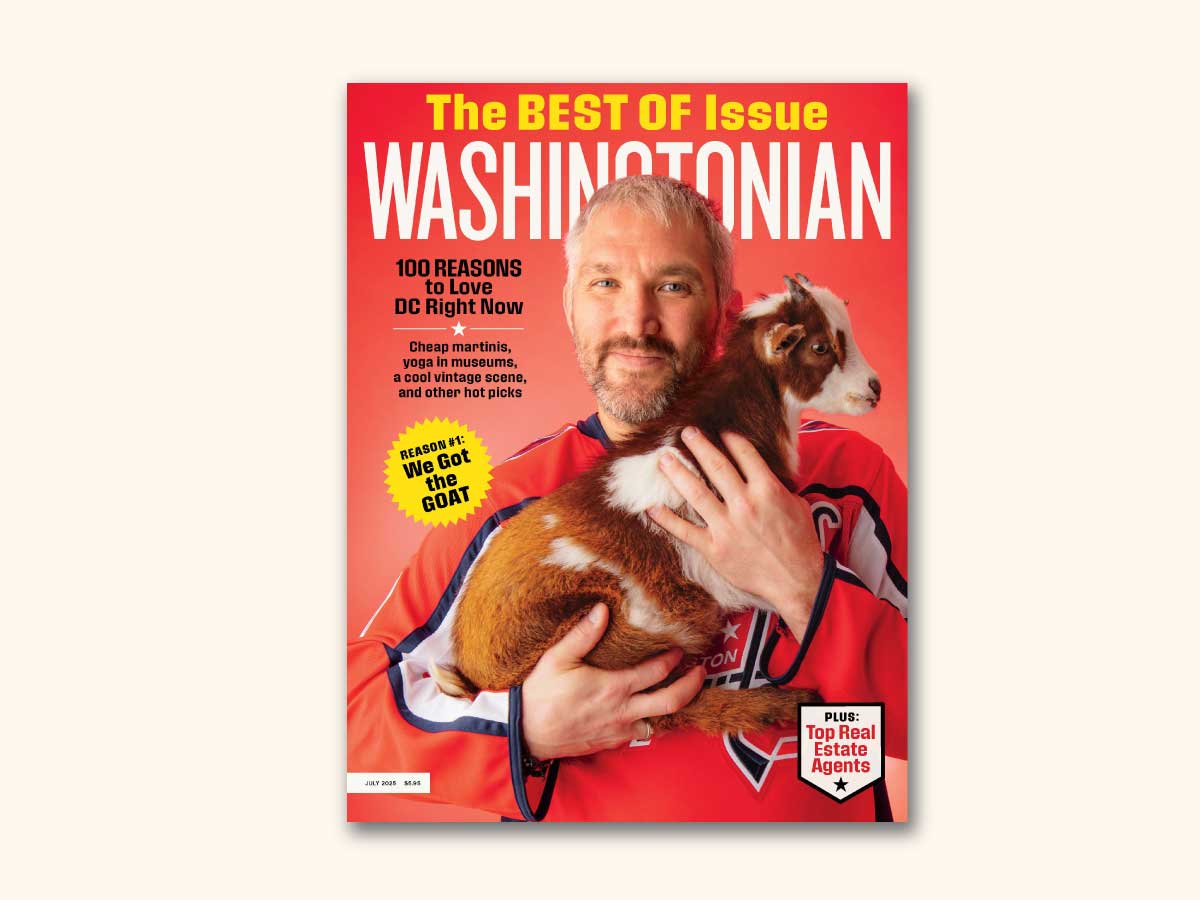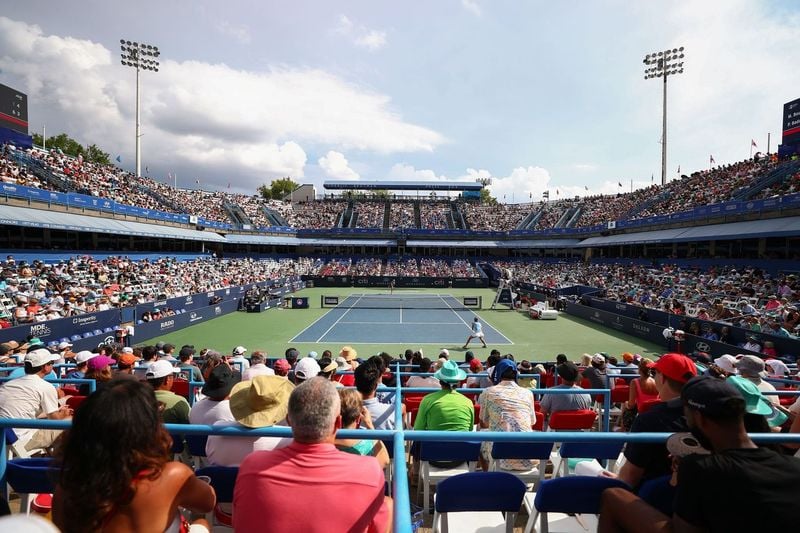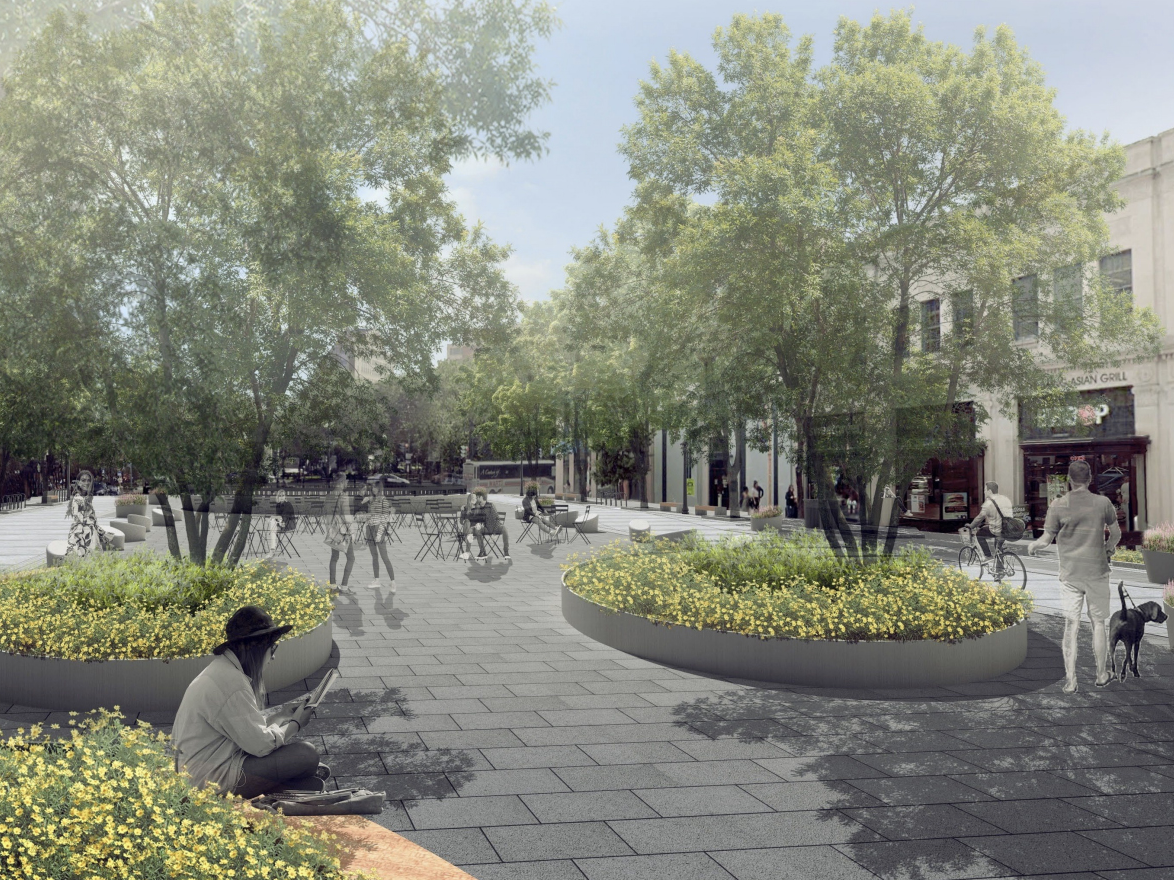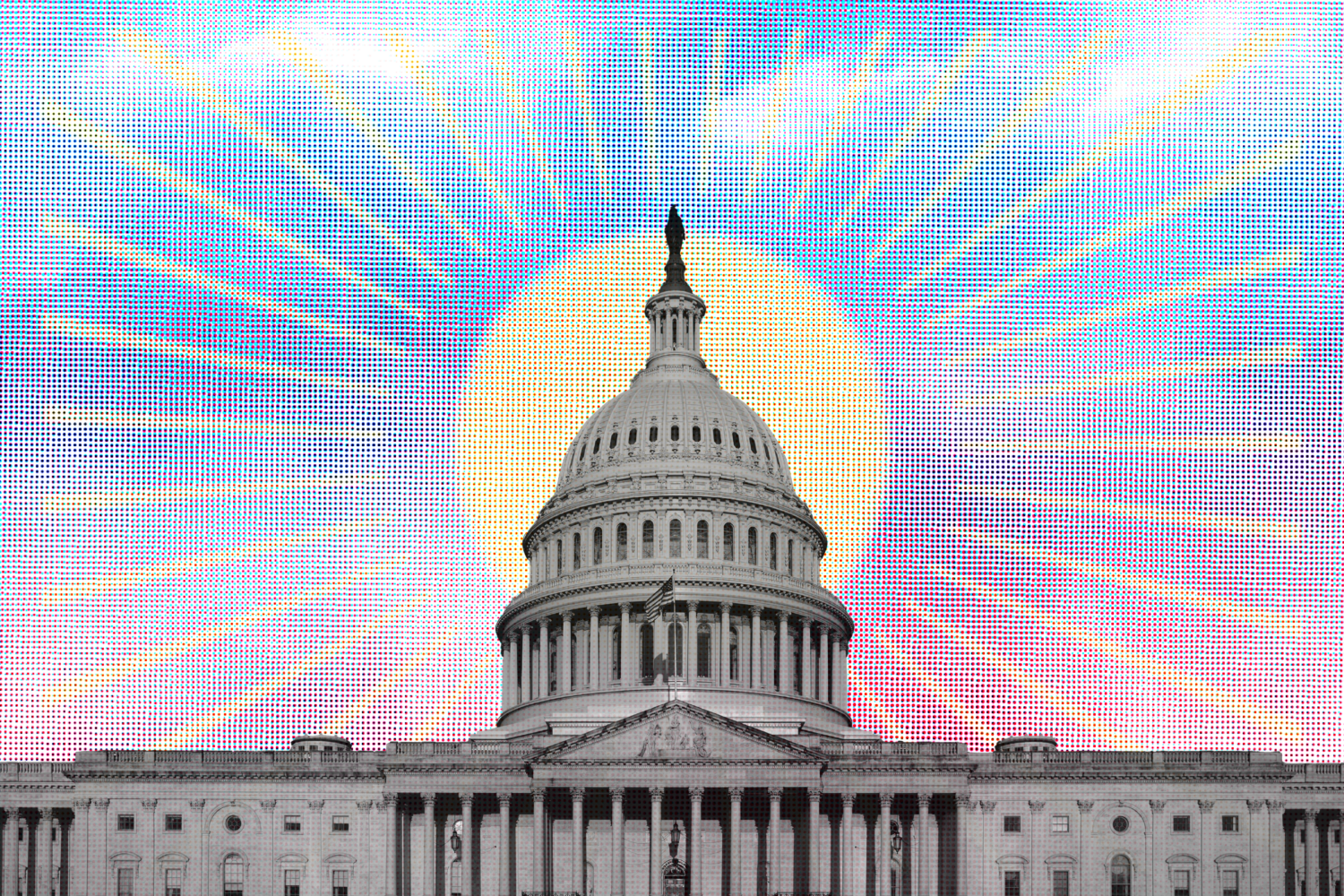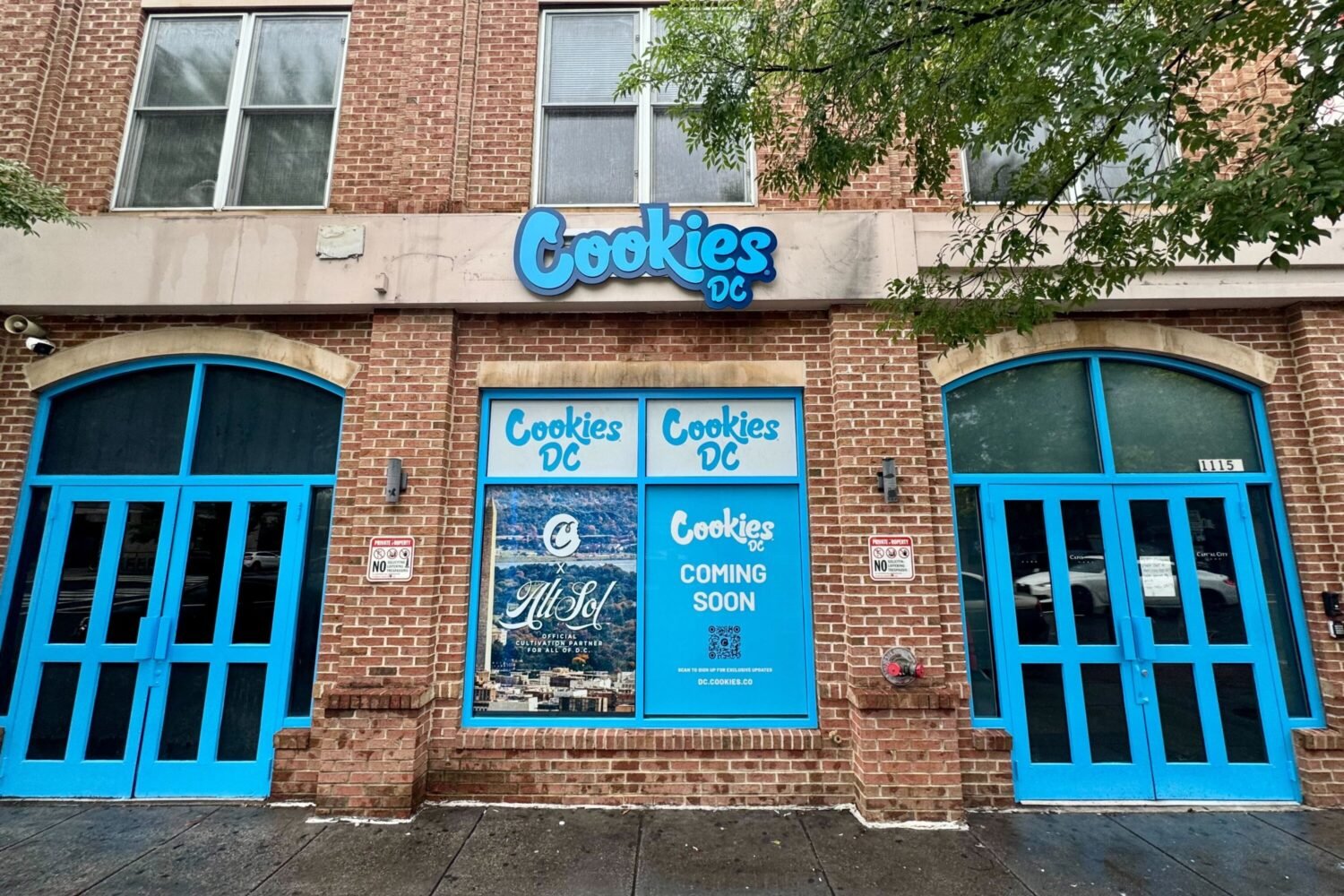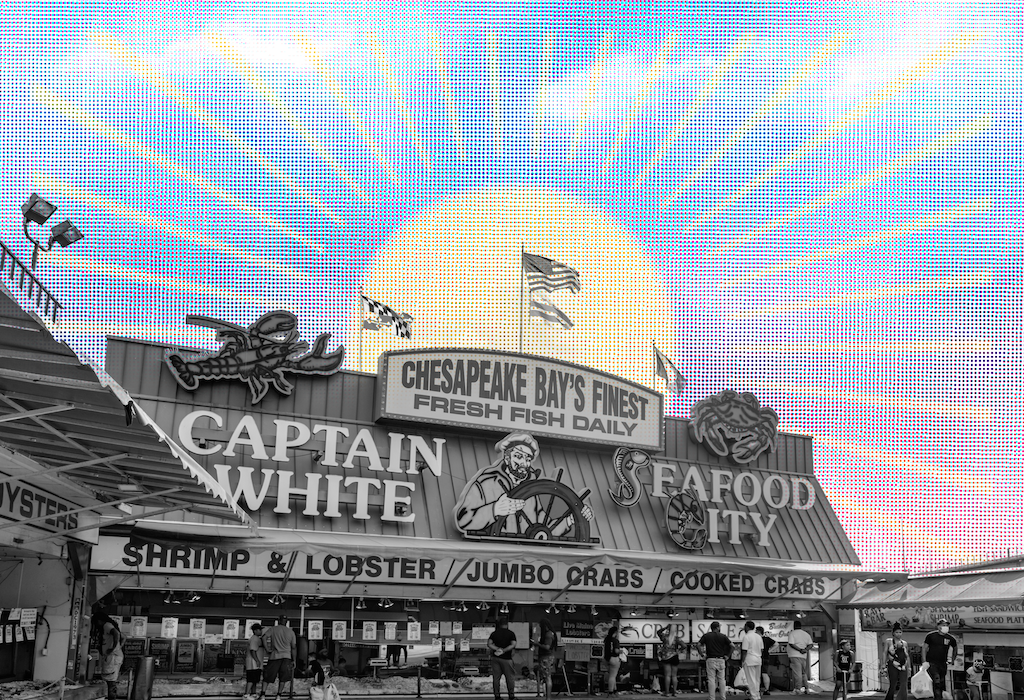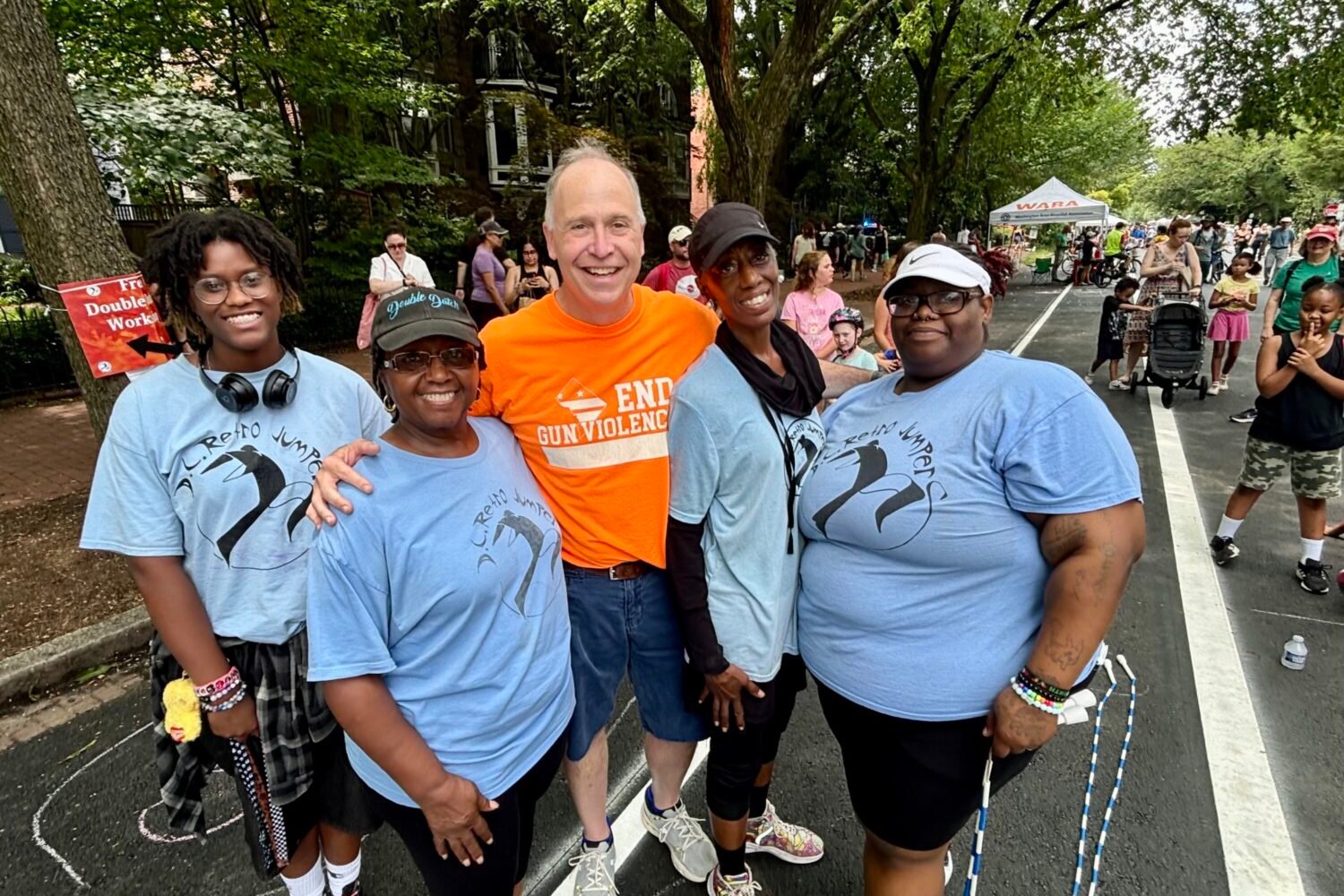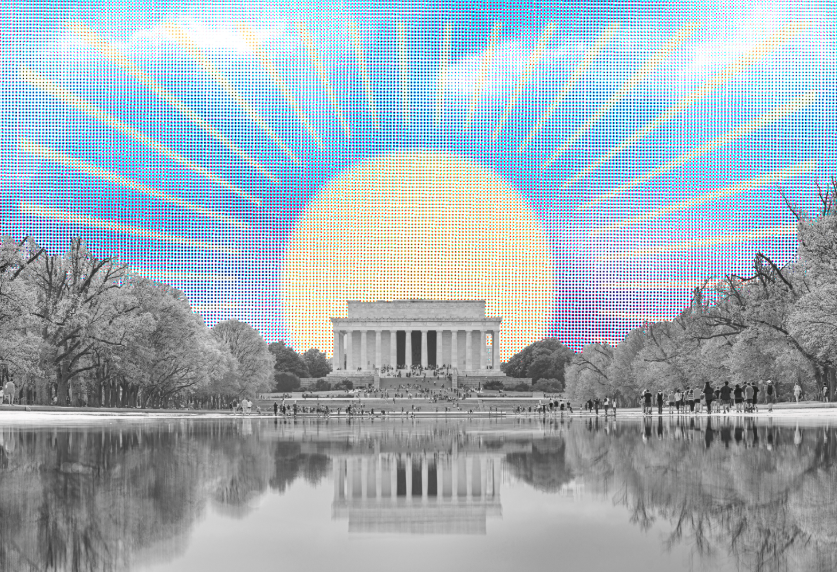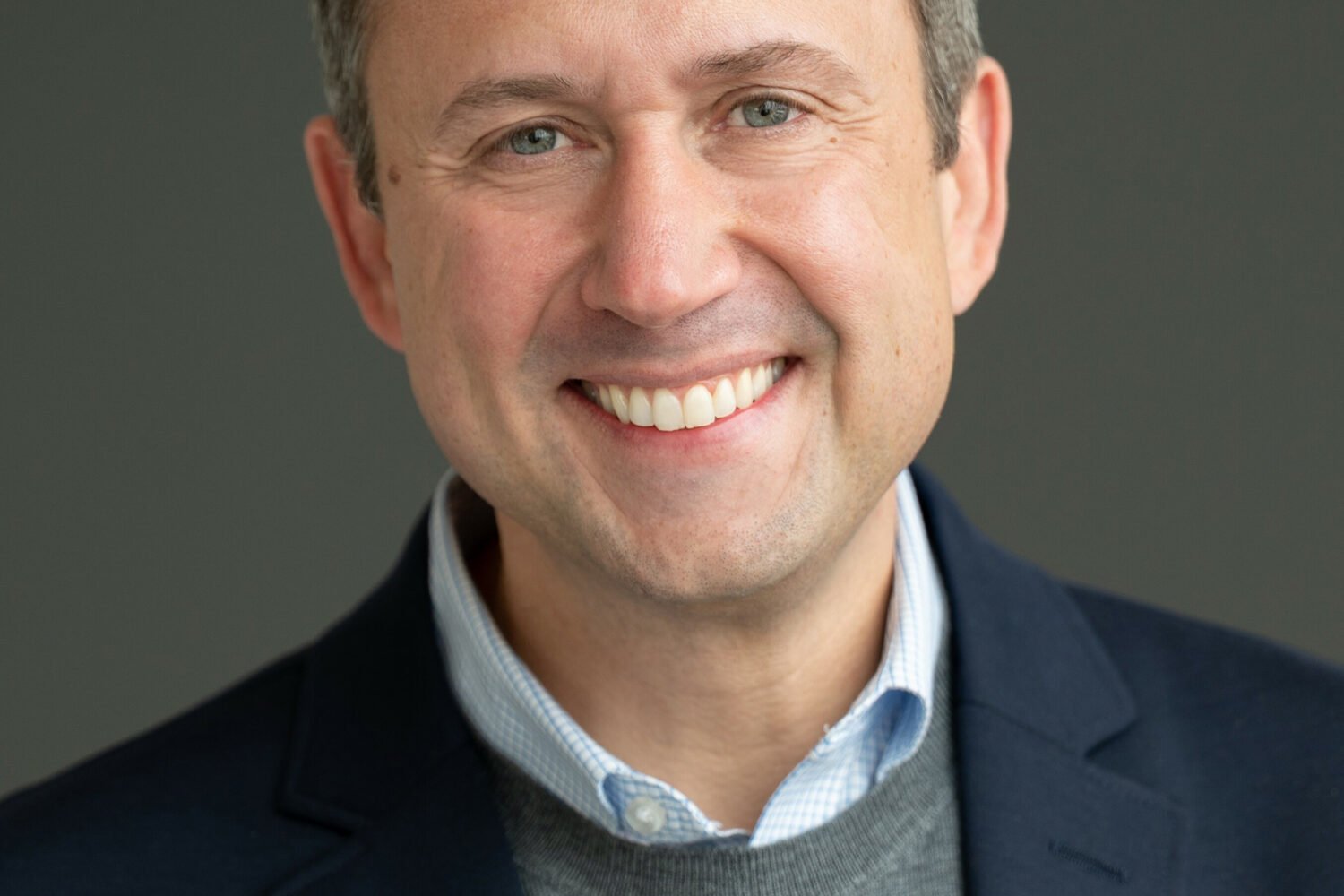District Department of Transportation Director Sharon Kershbaum wrote the National Park Service last week to oppose the agency’s plans to end the reversible lanes on Rock Creek and Potomac Parkway during rush hours. Among other concerns, Kershbaum said the District worried that ending the nearly century-old program could cause “significant traffic backups” downtown and that commuters may filter into residential neighborhoods.
The program has existed since 1937 and works like this: During morning rush hours, you can only drive south; in the evenings, you can only drive north. Here are the arguments for and against the change:
Scrap the reversible lanes!
The Park Service says it’s concerned about safety and describes the current situation as being like a “racetrack.” Vehicles travel at a higher speed during one-way hours, according to Wayne Emington, NPS’s transportation program manager in the national capital region. And though less than 20 percent of overall traffic volume occurs during those times, more than 30 percent of crashes take place then. “That leads you to the conclusion that there’s a safety challenge out there that we do need to address,” Emington says. “This project makes a lot of sense.” Twenty times a week, Park Police must set up and remove cones and sawhorses, manually flip signs, and direct traffic, all of which is costly, cumbersome, and unsafe, Emington says, and also often confusing for drivers.
Keep the reversible lanes!
An advocacy group that helped lead the effort to get bike lanes on Connecticut Avenue killed is also now a prominent voice in favor of keeping the current Rock Creek Park system. “Removing the reversible lanes is not going to work,” says Lee Mayer, who runs Save Connecticut Avenue and says he commuted downtown on the parkway for 40 years. Mayer predicts that traffic during rush hour will become unmanageable, and he worries it will harm DC’s economy: “You’ll experience traffic and just say, ‘It’s not worth going downtown.’ ” Mayer, like Kershbaum, thinks the planned changes will cause more speeding and traffic in residential neighborhoods. “If people start diverting off the park, it will make the city streets less safe and people will start using apps like Waze to cut through residential neighborhoods.” But Emington points out that two-way traffic works both ways: Opening the road to all drivers will reduce the number of cars on city streets that are traveling in the opposite direction–and would now be able to use the parkway.

